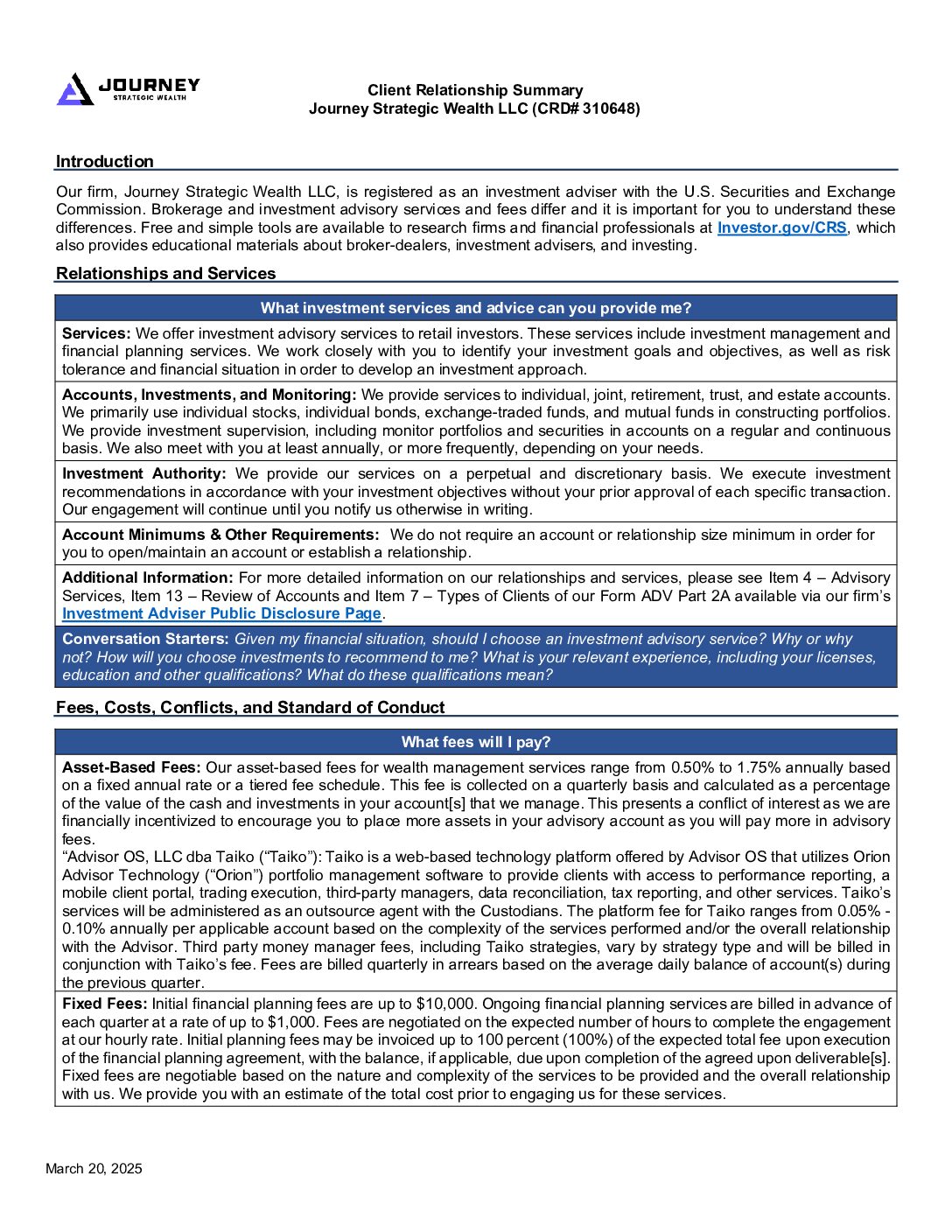Building Your Wealth with Private Credit: What Every Investor Should Know
The traditional 60/40 portfolio of stocks and bonds may feel like a well-worn path, but savvy investors are looking for diverse opportunities. In a world where inflation eats away at guaranteed returns and commercial real estate’s future sparks debate, alternative asset classes like private credit are drawing increasing attention.
Standing at $1.9 trillion in Assets Under Management, private credit:
- Encompasses a wide array of investment strategies across different risk and seniority levels
- Offers exposures ranging from pure credit to solutions structured as credit/equity hybrid vehicles
- Provides flexibility with customized solutions, from real estate loans to venture debt
But is it right for you? Let’s dive into this topic to understand its potential and discover how it might fit into your financial goals.
Beyond Treasuries: Why Look Beyond the Familiar?
Sure, a guaranteed 5% from treasuries might seem comforting, but consider this: inflation constantly erodes purchasing power. Private credit, with its potential for higher returns and lower correlation to volatile public markets, could offer an attractive alternative. Imagine earning returns closer to 8-12% while diversifying your portfolio and potentially mitigating losses during stock market downturns.
Don’t Dismiss Real Estate: Location, Location & Opportunity
The future of offices and retail spaces is evolving, but that doesn’t mean writing off private real estate entirely. Strategic investments in carefully chosen properties with strong underlying fundamentals can still offer steady income and long-term appreciation. Whether it’s logistics hubs catering to booming e-commerce or well-located multifamily residential units in growing cities, there are opportunities to be found.
Demystifying Private Credit: Questions You Have, Answers We Provide
Now, let’s delve deeper into the specifics of private credit and private real estate, addressing some of the top concerns we commonly hear about and highlighting their potential alongside the risks.
Q: How does private credit differ from hedge funds or venture capital?
A: While hedge funds often trade volatile instruments and venture capital bets on early-stage startups, private credit focuses on providing loans to established businesses or individuals. This can lead to a more stable income stream, with lower volatility compared to the often rollercoaster-like rides of other alternative investments.
Q: What are the different types of private credit investments?
A: Think of it like a diverse supermarket for debt. You can find options like:
- Real estate financing: loans for construction, development, or property acquisition.
- Distressed debt: investing in debt of companies facing financial challenges, where potential returns can be higher but risks are also amplified.
- Direct lending: providing loans directly to businesses, bypassing traditional banks.
- Mezzanine finance: bridging the gap between senior debt and equity, offering higher risk and potential reward.
Q: What are the risks and potential rewards of private real estate?
A: Like any investment, real estate has its downsides:
- Market risk: property values can fluctuate, impacting returns.
- Asset risk: different property types — single-family homes, industrial warehouses — have varying risk profiles and geographical considerations.
- Liquidity risk: unlike publicly traded stocks, selling real estate investments can take time and effort.
However, the potential rewards can be significant:
- Steady income: rental income from properties provides a reliable cash flow.
- Diversification: real estate adds a non-correlated asset class to your portfolio, mitigating overall risk.
- Possible tax benefits: depreciation and other tax advantages can enhance overall returns.
Q: How much capital do I need to get started?
A: While historically large minimum investments were common, the landscape is changing. Today, some platforms offer entry points as low as $10,000-$25,000, making private credit and real estate more accessible than ever.
Q: How can I find and evaluate private credit and real estate investment opportunities?
A: Building a strong understanding of these asset classes is crucial. Your best bet is to work with your financial advisor. A qualified professional can help assess your risk tolerance and tailor a strategy that includes private credit and real estate if it aligns with your goals.
Q: What are the regulatory considerations for investing in private credit?
A: Private credit and real estate investments often exist outside the stricter regulations of publicly traded assets. This means:
- Less regulation: no strict oversight by entities like Moody’s.
- Potential lack of transparency: due diligence is crucial to understand the underlying assets and risks.
- Liquidity risk: exiting an investment can be challenging compared to publicly traded options.
Q: How can I incorporate private credit and real estate into my existing portfolio?
A: Incorporating private credit and real estate into your portfolio can be done through:
- Direct investments: This hands-on approach involves actively researching and selecting individual loans or properties. It offers the most control and potentially higher returns but also requires significant time, expertise, and capital. Thorough due diligence, market knowledge, and understanding of the underlying assets are crucial for mitigating risks. Consider partnering with experienced professionals or investment groups for guidance if you choose this route.
- Managed funds: For those seeking a more passive approach, investing in professionally managed private credit or real estate funds can be a suitable option. These funds pool capital from multiple investors, allowing for diversification across different assets and mitigating individual risk. Fund managers handle the heavy lifting of sourcing, due diligence, and asset management, providing investors with access to opportunities they might not be able to reach independently. Carefully evaluate the fund’s track record, investment strategy, fees, and transparency before committing.
- Hybrid strategies: Blending direct and indirect approaches can offer a customized solution. You could invest in a fund for broader exposure while also exploring select individual opportunities that align with your specific risk tolerance and investment goals. This approach requires a deeper understanding of both avenues and the ability to balance active management with the expertise of fund managers.
The Bottom Line: No One-Size-Fits-All, Seek Professional Guidance
Remember, there’s no one-size-fits-all solution. The ideal integration strategy depends on your individual financial situation, risk tolerance, investment goals, and time horizon. Consulting with a qualified financial advisor who understands alternative investments is crucial for developing a personalized plan that leverages the potential of private assets while managing the associated risks responsibly.
Contact our team today to learn more.
This material is distributed for informational purposes only. Investment Advisory services offered through Journey Strategic Wealth, an investment adviser registered with the U.S. Securities and Exchange Commission (“SEC”). The views expressed are for informational purposes only and do not take into account any individual’s personal, financial, or tax considerations. Opinions expressed are subject to change without notice and are not intended as investment advice. Past performance is no guarantee of future results. Please see Journey Strategic Wealth’s Form ADV Part 2A and Form CRS for additional information.




















